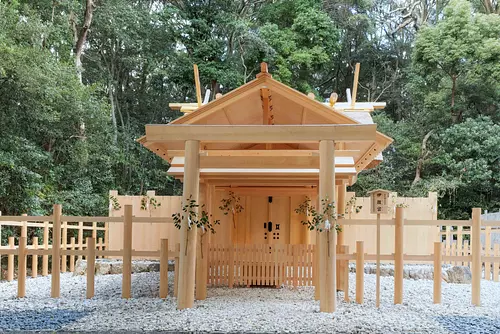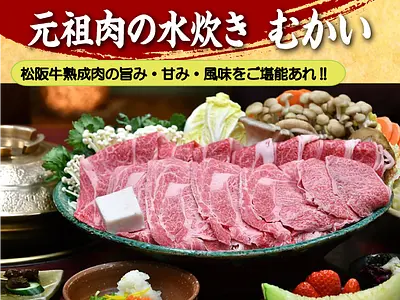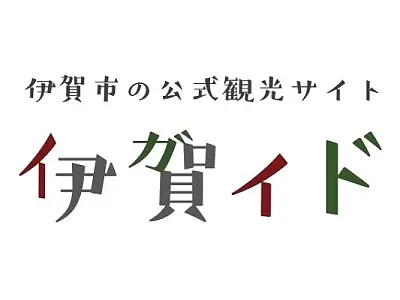Betsugu of IseJingu and Naiku is in Shima! ? Head to Izawanomiya, which has a mysterious atmosphere.
掲載日:2018.12.07
I went to "Izawanomiya Shrine" in ShimaCity which is Betsugu of IseJingu! IseJingu affectionately known as ``Oise-san'', is ``not just Naiku and Geku''! The official name is ``Jingu,'' and it is a general term for 125 shrines, including the main Betsugu of Naiku and Geku shrines, 14 annex shrines, and 109 affiliated, subsidiary, and affiliated shrines. We would like to introduce you to one of these Betsugu, Izawanomiya, which is located in ShimaCity.
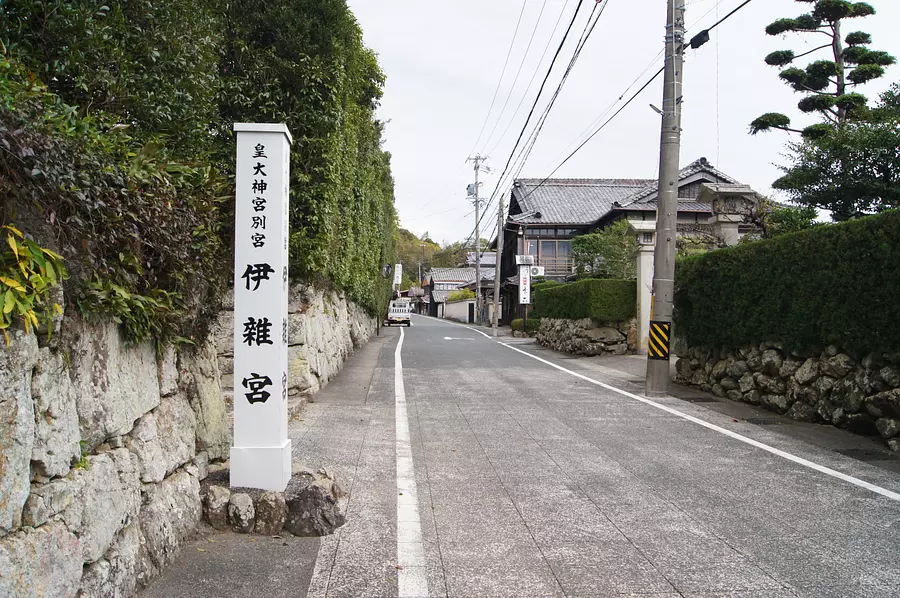
Did you know that IseJingu, affectionately known as ``Ise-san,'' is not just Naiku and Geku?
The official name is ``Jingu'', which consists of two main shrines, Kotaijingu Toyouke-daijingu (Naiku) and Toyouke Daijingu (Geku), as well as 14 annex Betsugu (betsugu), It is a collective name for a total of 125 companies, including 109 sub-shas, subsidiary companies, and affiliated companies.
I went to one of these Betsugu, Izawanomiya, which is located in ShimaCity.
*Interview date: Friday, December 7, 2018
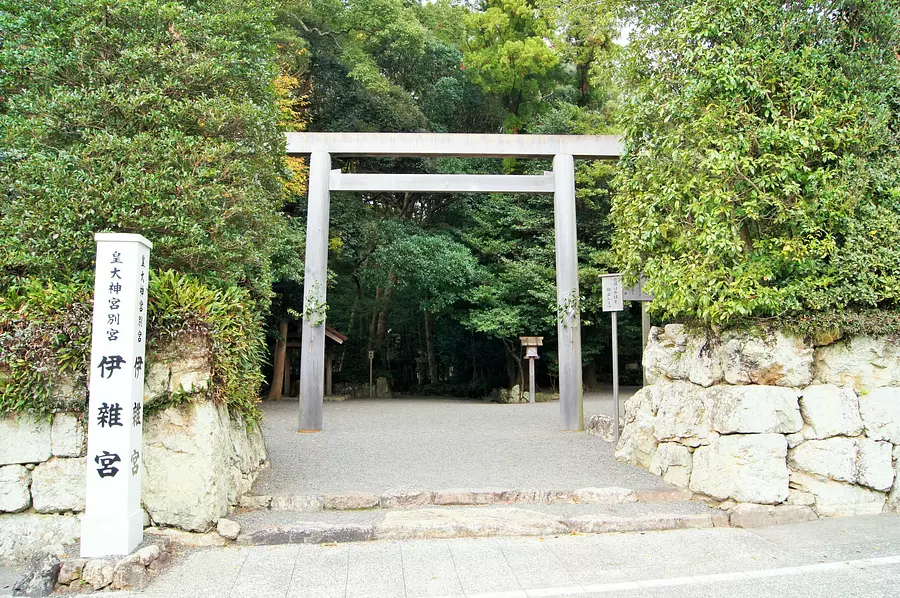
`` Izawanomiya'' in ShimaCity, where ``Izanomiya'' is located, is an area that developed as a transportation hub for roads such as Ise Expressway and Toba Expressway. Although it is now a quiet residential area, you can still feel the vestiges of the past when it was lined with inns and shops.
After parking your car in the parking lot and walking through the quaint townscape, you will arrive at the entrance. I'm looking forward to finding out what kind of place "Betsugu" is, which is said to be "the second most important shrine after the main shrine."
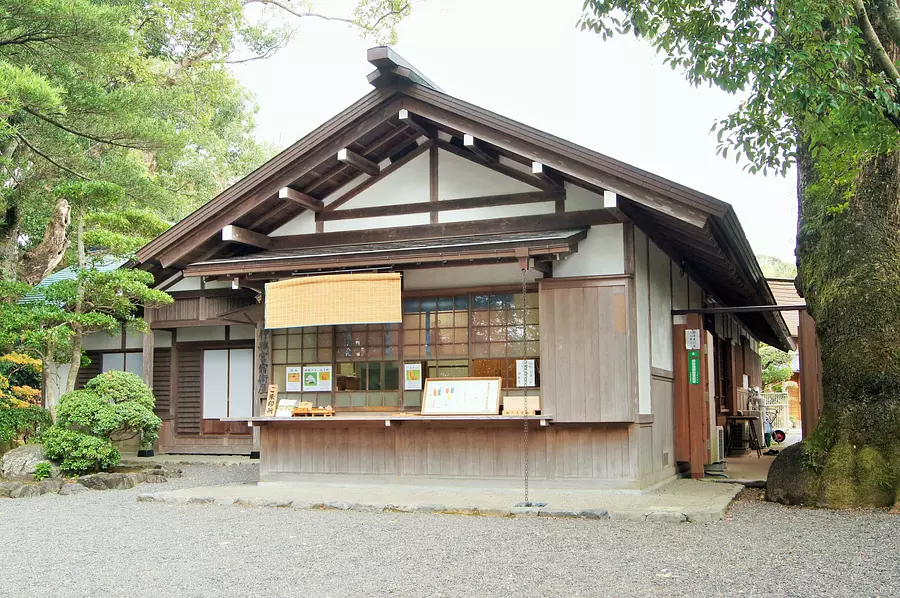
When you pass through the torii gate and enter the shrine grounds, you will see the ``Shukueiya'' on your right.
Here you can receive amulets, amulets, goshuin stamps, etc.
Pamphlets are also available.
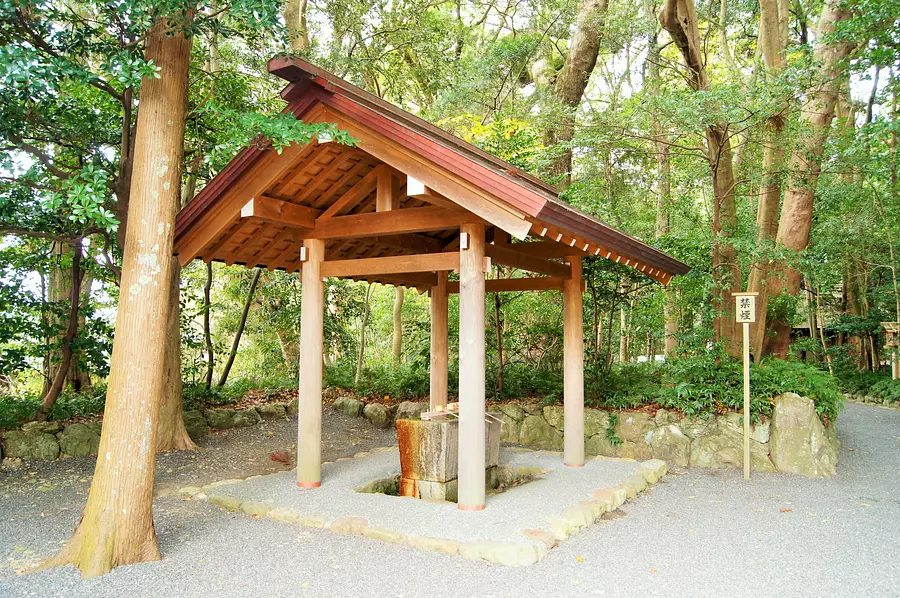
Opposite the ``Shukuya'' is ``Temizusha.''
Here, you cleanse your hands and go to pray with a refreshing feeling.
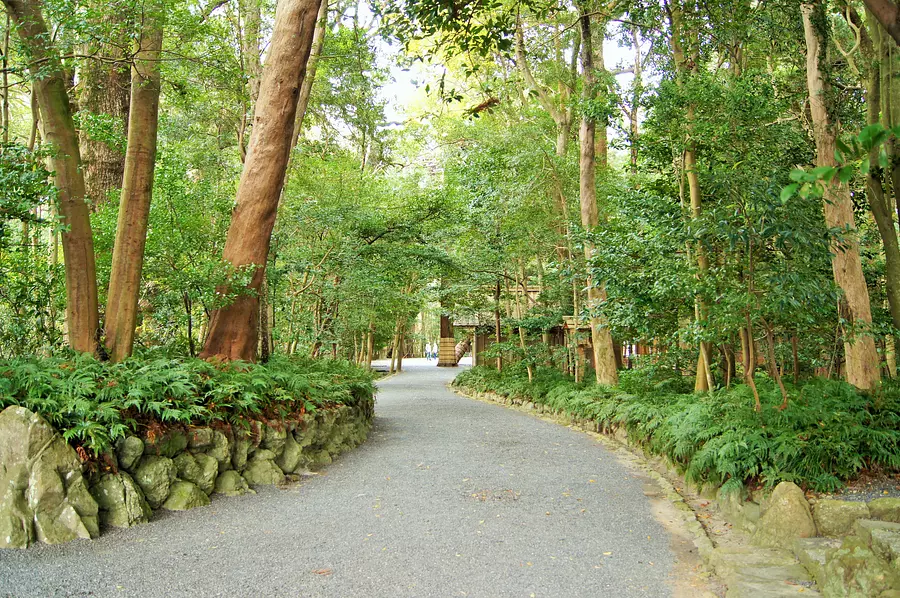
The approach to the shrine, which is full of nature, is as beautiful as the main shrine.
Just walking in this quiet space made me feel like my soul was being cleansed.
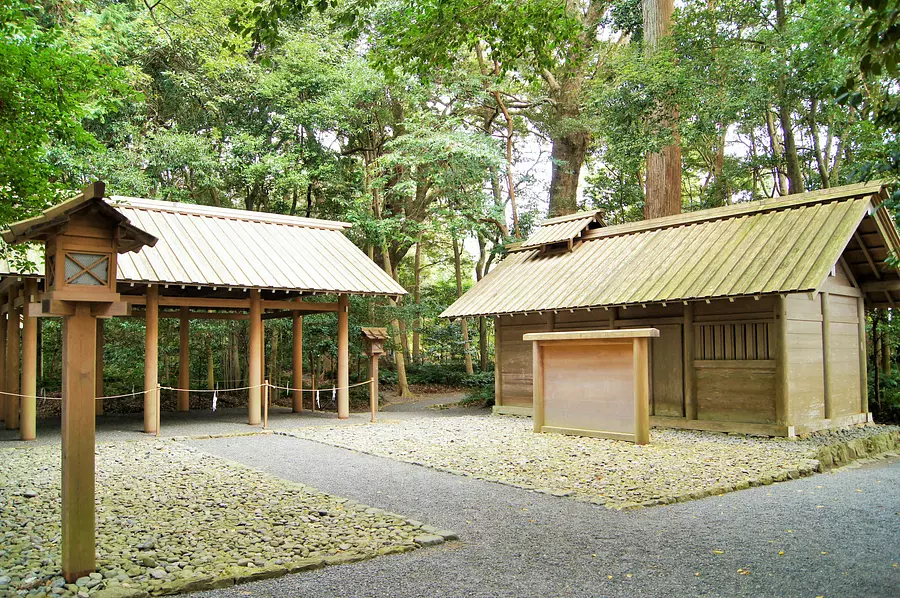
``Imibiyaden'' and ``Haraedo''.
``Iibi'' means ``clean fire,'' and a fire tool is used to start a fire and prepare offerings.
The front garden of ``Ikaiya-dono'' is called ``Haraisho,'' and the shrine is used to purify food and priests before the festival.
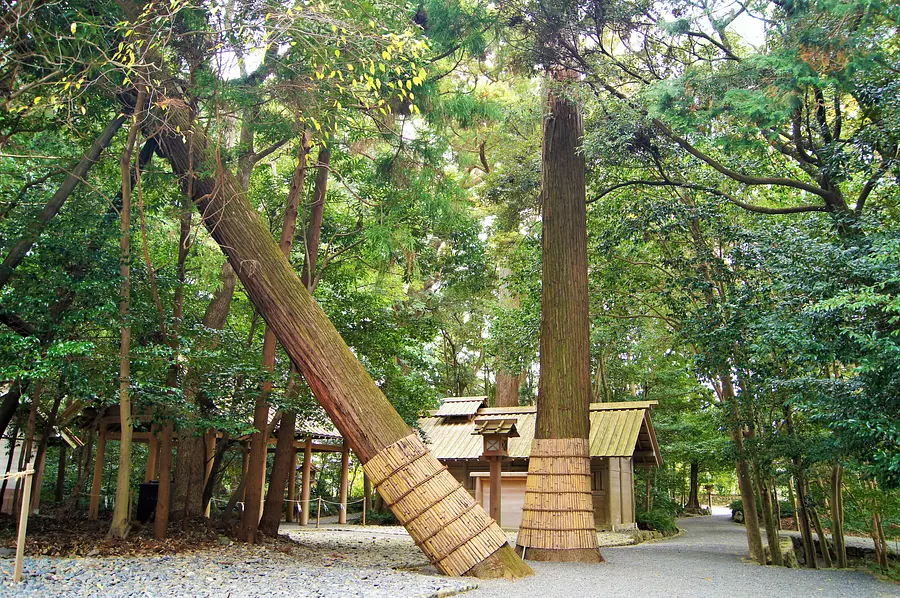
As I was walking along the approach to the shrine, I was surprised to see two large cedar trees standing side by side.
One grows straight towards the sky, while the other grows at an angle.
I feel a sense of divinity in trees like this.
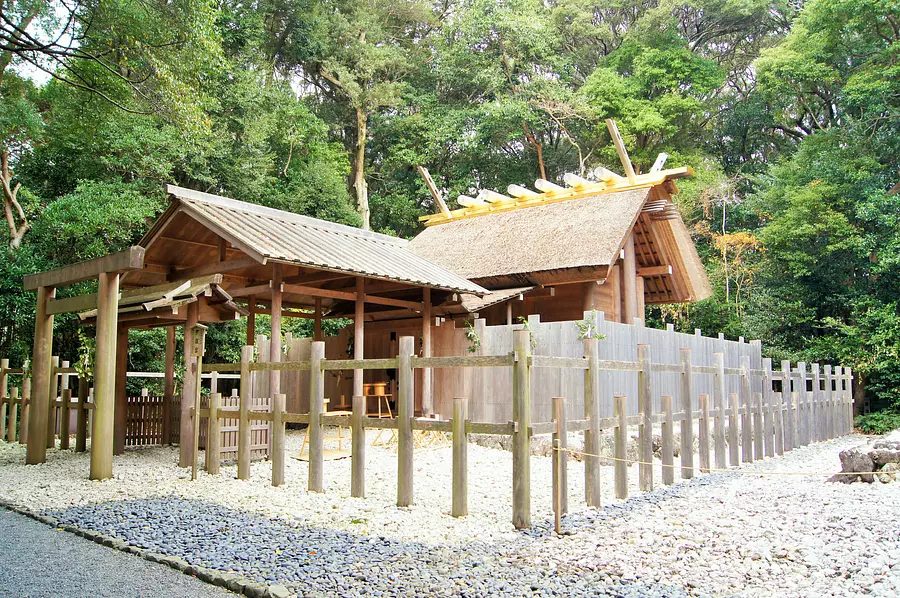
Finally, we arrived at the main shrine of Izawanomiya!
At the shrine, once every 20 years, a ceremony called `` ShikinenSengu to be transferred to the Omikami (Omikami) by renewing the shrine and sacred treasures.
The 62nd ShikinenSengu was held at both main shrines in the fall of 2013, and Izawanomiya ShikinenSengu the fall of 2014.
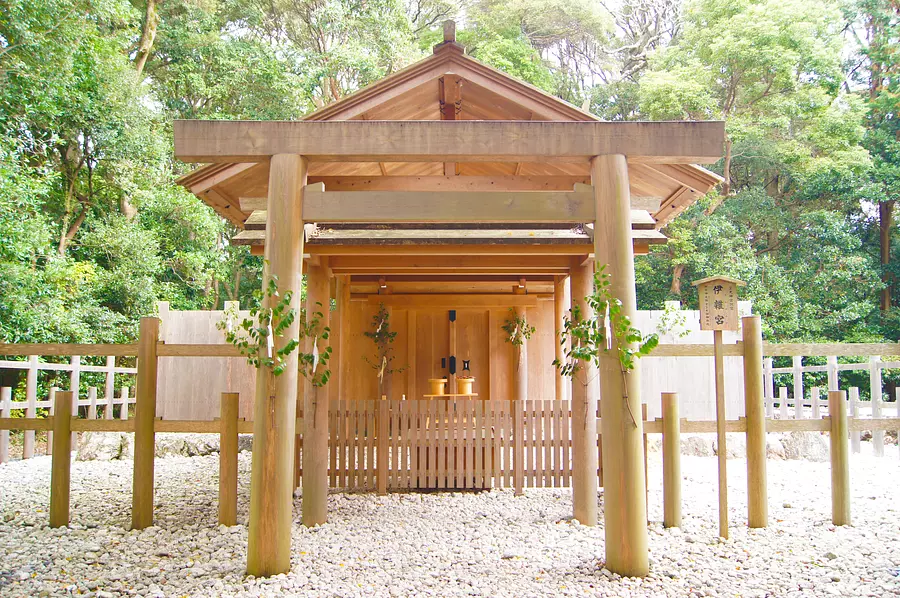
`` Izawanomiya'' has been widely worshiped as the `` Amaterasu-Omikami'' of ``Amaterasu Omikami'' since ancient times, and has been worshiped by local people as a place where people can enjoy the richness of seafood and mountain food. It has been prayed for.
Visit the shrine while thinking about its history.
*"Harukagu": means "Betsugu" far away from the shrine.
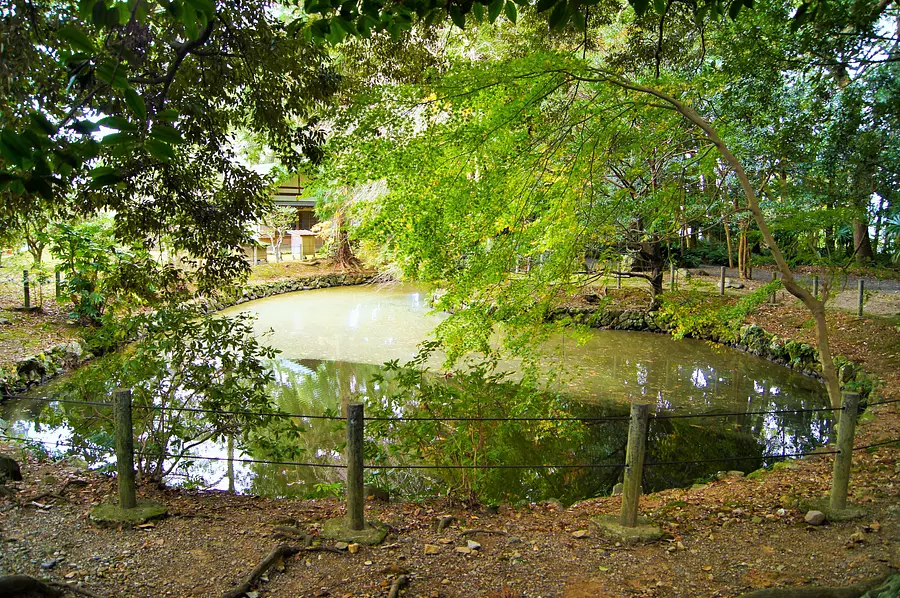
Magatama Pond (Magatama Pond) is located within the shrine grounds.
As the name suggests, it really is shaped like a magatama!
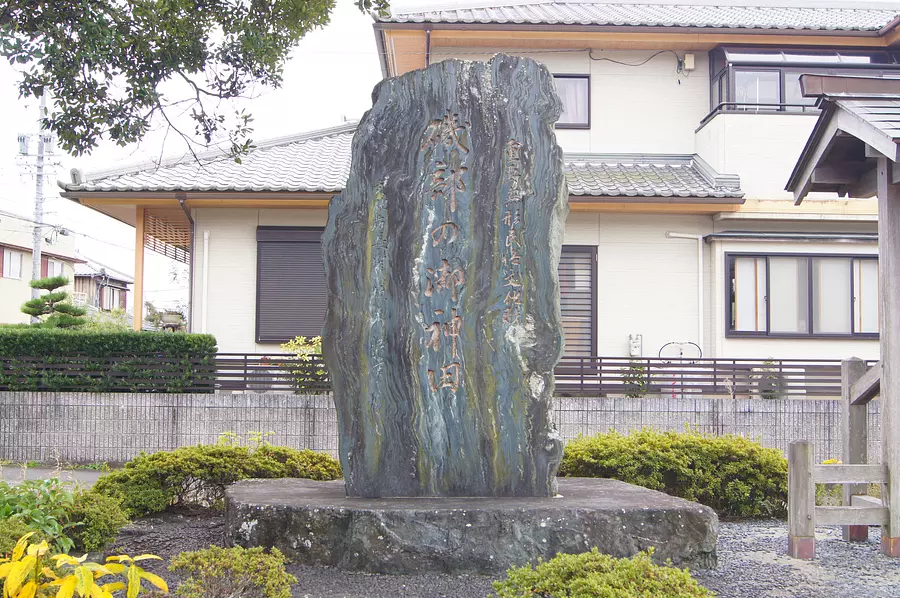
When I left Izawanomiya and walked south, I found a stone monument with the words ``Isobe no Omita'' (Omita) engraved on it.
``Okanda'' is the Goryoden that is adjacent to the south side of Izawanomiya.
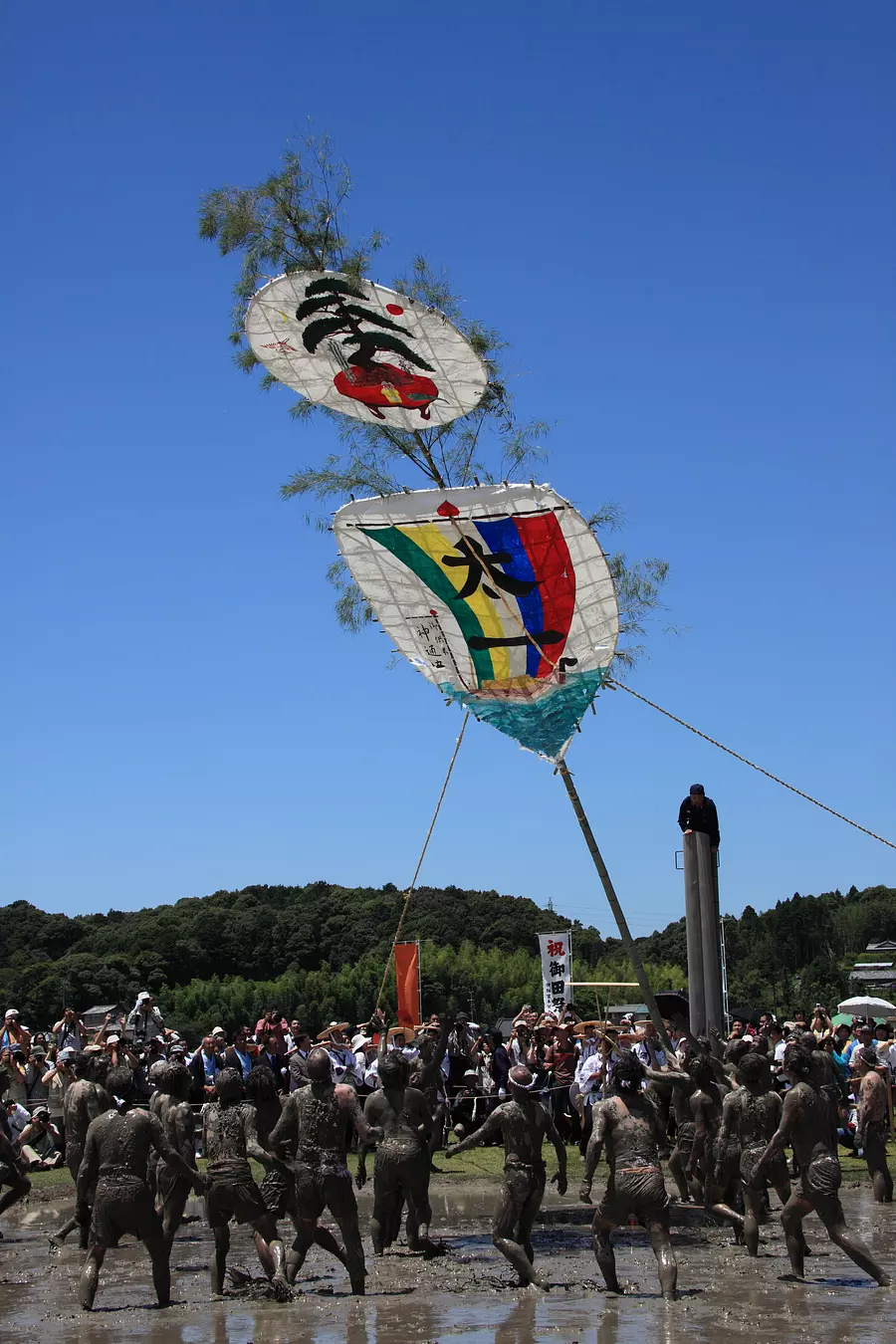
[Photo provided by: ShimaCity Tourism Association]
A scene from the Izawanomiya Otaue Festival, which is held at Okanda on June 24th every year.
It is said that it began in the Kamakura period or the end of the Heian period, and it is called ``Isobe no Okanda'' and is designated as an important intangible cultural property of the country.
The ``Taketori Shinto ritual,'' where young people from nearby fishing villages compete for lost bamboo with large fans attached to it, is held, and the festival is crowded with people.
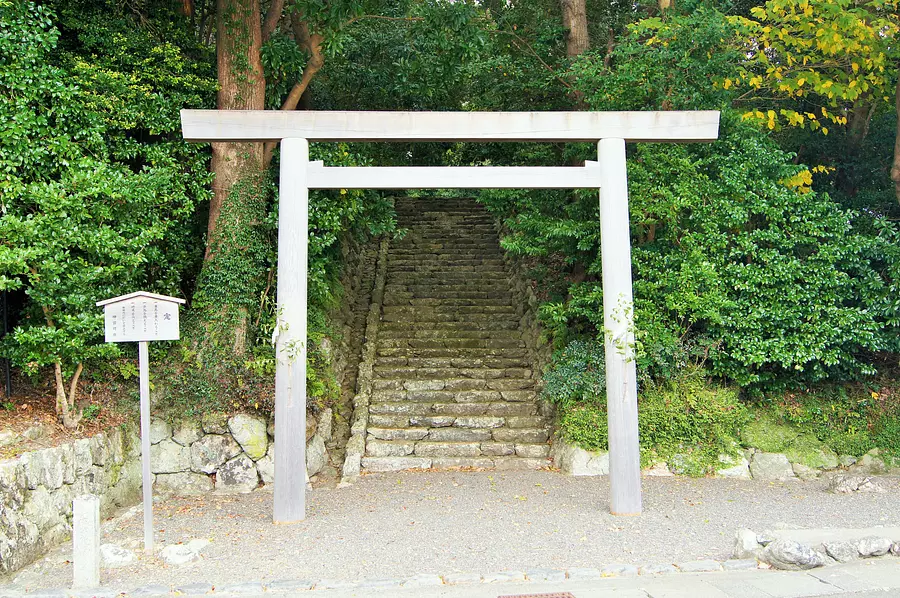
Saminaga Shrine, located about 800 meters south of Izawanomiya, is one of the shrines under the jurisdiction Izawanomiya.
A "jurisdictional shrine" is a shrine where gods directly related to the main shrine or Betsugu are enshrined.
I was surprised to learn that there are 5 companies in charge of Izawanomiya alone!
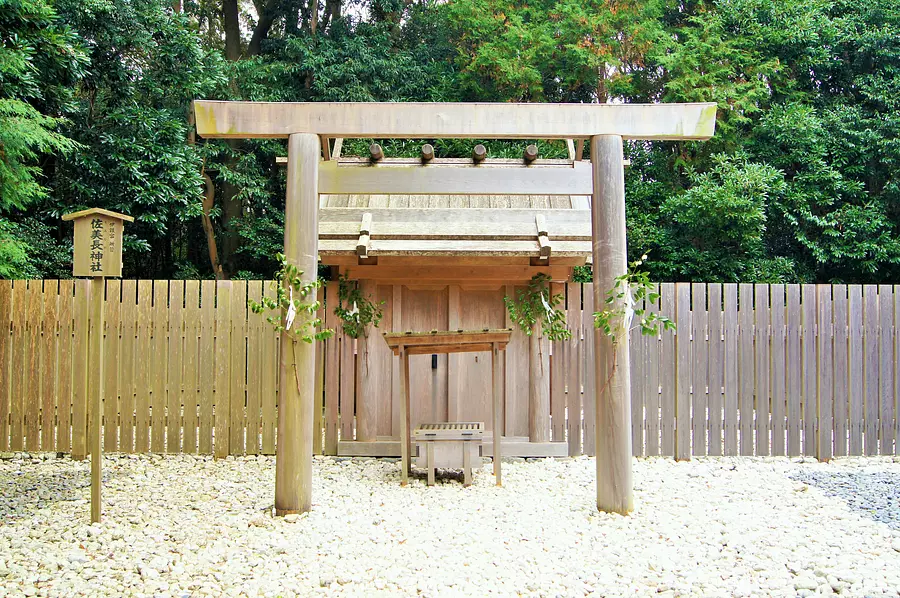
The main hall of Saminaga Shrine. The enshrined ``Ootoshizume'' is still worshiped as the god of landowners, and there are also beliefs such as ``Tokoshizume''.
`` Betsugu'' is a high-class shrine that enshrines a god closely related to the main shrine.
One of them, `` Izawanomiya,'' felt a divine power from the nature and air, and after visiting the shrine, I felt purified both physically and mentally.
I also learned about the history related to Izagu Shrine, such as ``Isobe no Okanda'' and `` Izawanomiya Shrine,'' and learned once again the depth of ``Jingu.''
[Izawanomiya]
Address ShimaCity
Phone number 0599-55-0038
Official URL https://www.isejingu.or.jp/about/outerbetsugu/
Access: 3 minutes walk from Kintetsu “Kaminogo” station, about 10 minutes from Daini Ise Road “Shiraki” IC
Parking available
| Category | |
|---|---|
| season | |
| area |

